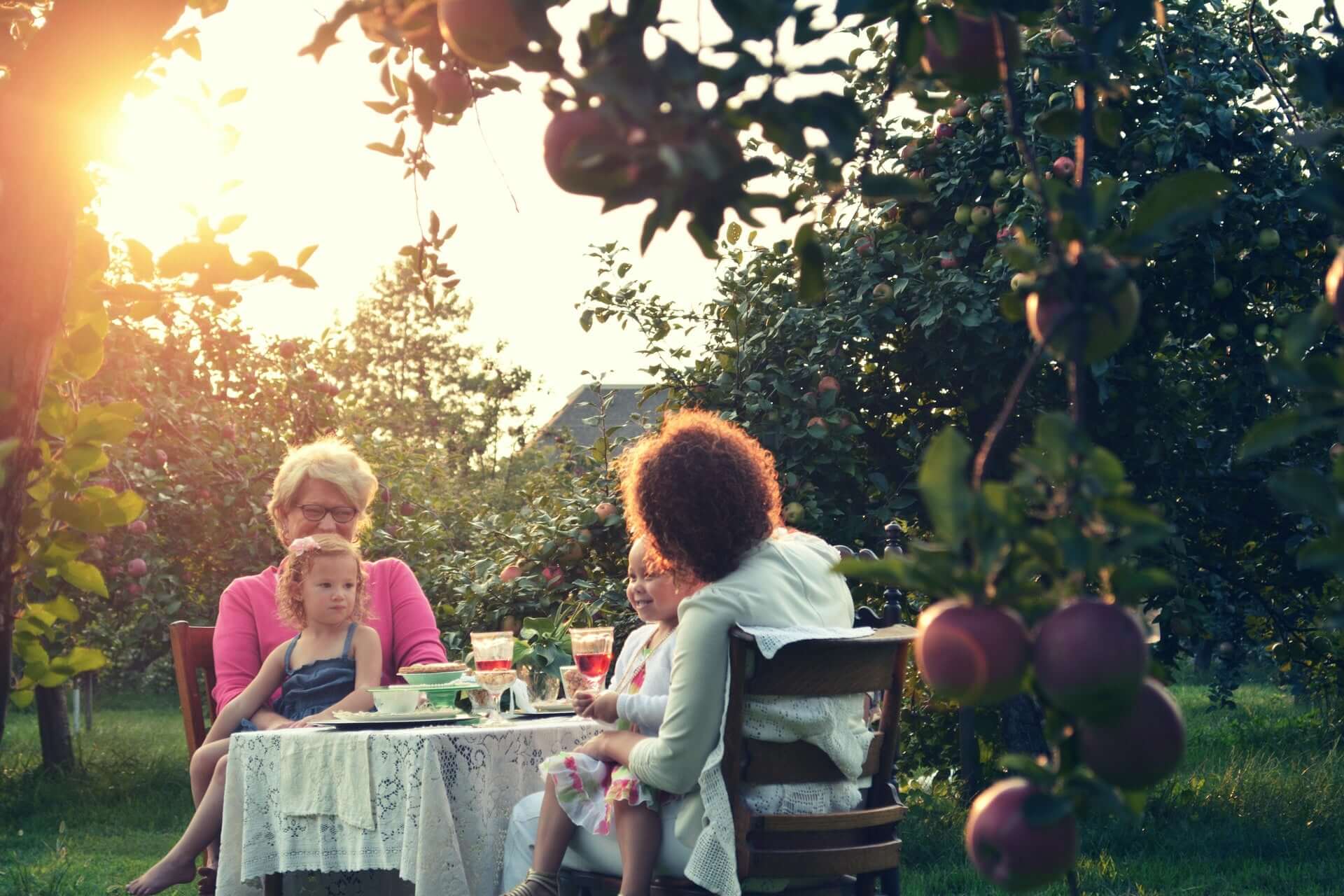
Inhaltsverzeichnis
Sustainable nutrition - that's how it works
We eat three to five times a day. When you add up shopping, food storage, and cooking, a whole lot of environmental emissions are generated. Today we're talking about the basics of sustainable nutrition.
There is a lot you can't see
We're all familiar with the image: Groceries neatly lined up on supermarket shelves. When you look at the individual foods—fruit, vegetables, bread, sweets, ready meals, sauces, refrigerated goods, perhaps meat or fish—you only look at the final product. We quickly forget how many individual steps, how much time, how many ingredients, how many people were involved in producing this food up to this point. (At this point, a big, mental "thank you" to the people who plow the fields, work in factories, or transport goods from A to B day after day!)☺️
All these steps generate environmental emissions, consume energy, and consume resources. And all of this is ultimately invisible when the product is removed from the shopping bag and placed on the shelf at home.
Food, then, has a lot to do with the environment. To give at least a little something back to the environment, you can educate yourself about the impact of food production and try to do some things differently. Of course, the ultimate goal shouldn't be to stop eating altogether. Nor should anyone demand that others become self-sufficient. But with a few tricks and habits, you can save quite a few resources and energy...

Photo by Maddi Bazzocco on Unsplash
The purchase
When shopping for fruit and vegetables, you should pay attention to seasonality and regionality as much as possible. Buying locally sourced goods saves on transport. Exotic fruits, in particular, are now available year-round. So you might want to consider whether you really need a mango from the Caribbean in December...
Also at weekly markets it is worth It is worth asking again where the food comes from.
Organic or fair trade food is produced under better conditions for the climate and/or workers. Organic, by the way, isn't nearly as expensive as is often assumed. Almost every supermarket now has its own organic range, although there are, of course, differences in the quality of the labels.
Regarding animal products such as eggs, milk, meat, and fish, it's important to note that it's usually not the transport route that makes the most difference. The greatest climate impact is the amount of concentrated feed and the resources required to raise the animals. But here, too, regionality and organic quality are important.
Of course, it's even better for the environment to avoid meat once in a while. There are plenty of meat alternatives made from soy or wheat, and many meat-eaters are pleasantly surprised by their taste. It's worth a try!
One thing that fortunately more and more people are paying attention to is plastic consumption. Bringing your own shopping basket or bag saves resources and is virtually effortless once you get used to it.
More and more manufacturers are trying to find alternatives to plastic as a packaging material.Nevertheless, the motto here is: What isn't being sold will sooner or later become apparent to the manufacturer. Because, in the end, demand determines supply. ☺️
The storage
Once you get home, proper storage determines the shelf life of the food.
Most fresh produce ends up in the refrigerator. It has different cooling zones. Particularly delicate foods should be placed directly above or on the glass shelf. This is where it's coldest. Open canned goods, jam, or leftovers will still thrive a little higher up. And the vegetable compartment isn't called the vegetable compartment for nothing: The six to eight degrees Celsius (46 to 48 degrees Fahrenheit) and the humidity levels here are ideal for most vegetables and fruits.
Another little trick that can make a big difference: Put the freshest or long-lasting products at the back of the fridge. This ensures that nothing gets forgotten and that the things that are more likely to spoil are eaten first.
You can find more tips on how to store food properly in this article.
The preparation
Did you know that you can save energy even when boiling water? At least, I wasn't aware of that for a long time. If you heat the water in a kettle and then pour it into a pot to cook pasta, for example, you can save up to 80 percent compared to using an electric stove!
You should also make sure the pot fits properly on the stovetop. Even a mismatch of about two centimeters can result in energy loss of about 30%. If you put the lid on the pot or pan, you can safely turn the heat down a bit.
The best before date should be considered as a guideline (after all, it is called MINIMUM best before date and not MAXIMUM best before date 😋). Here, you should definitely use your senses. If the product still looks, smells, and tastes good, it can usually be consumed without any problems.
We still throw away far too much food. You can find tips for avoiding or reducing food waste here.
If you would like to learn more about healthy eating, mindfulness or sustainability, Check out more exciting blog articles on these topics here.

Photo by Gaelle Marcel on Unsplash









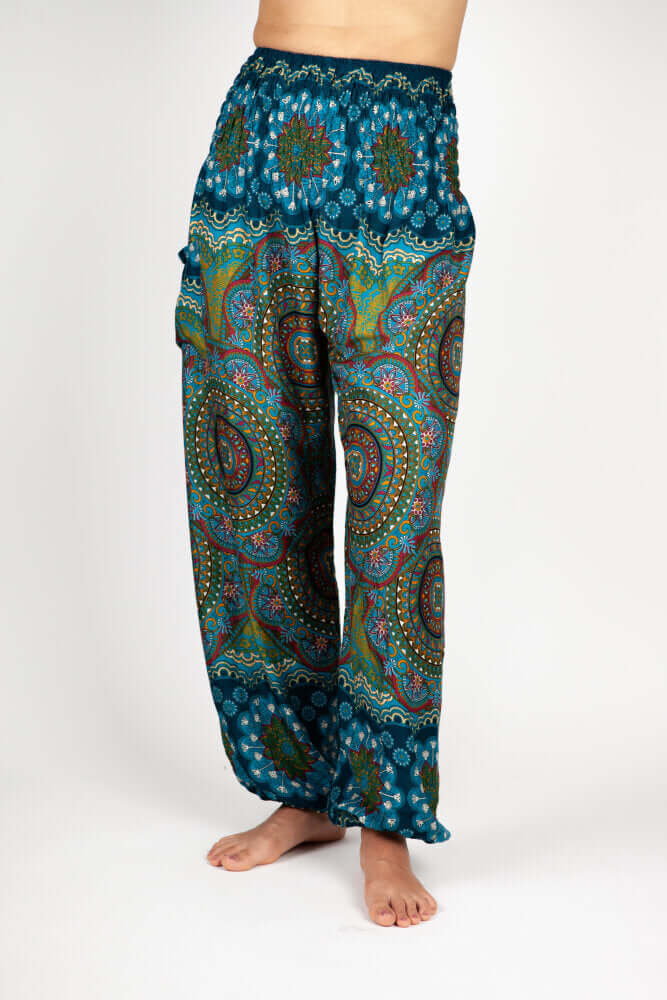





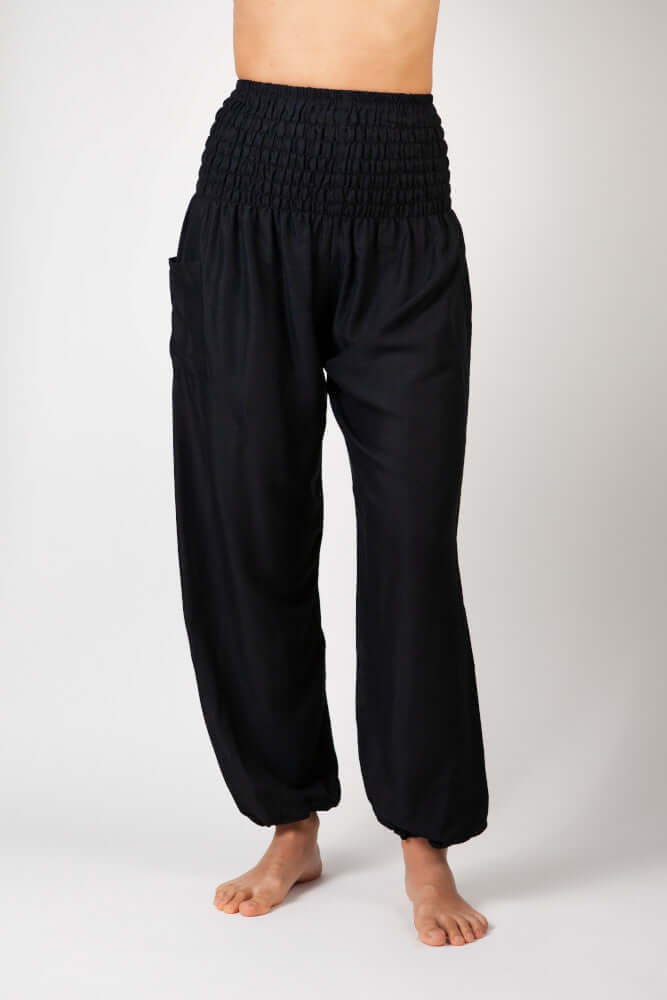
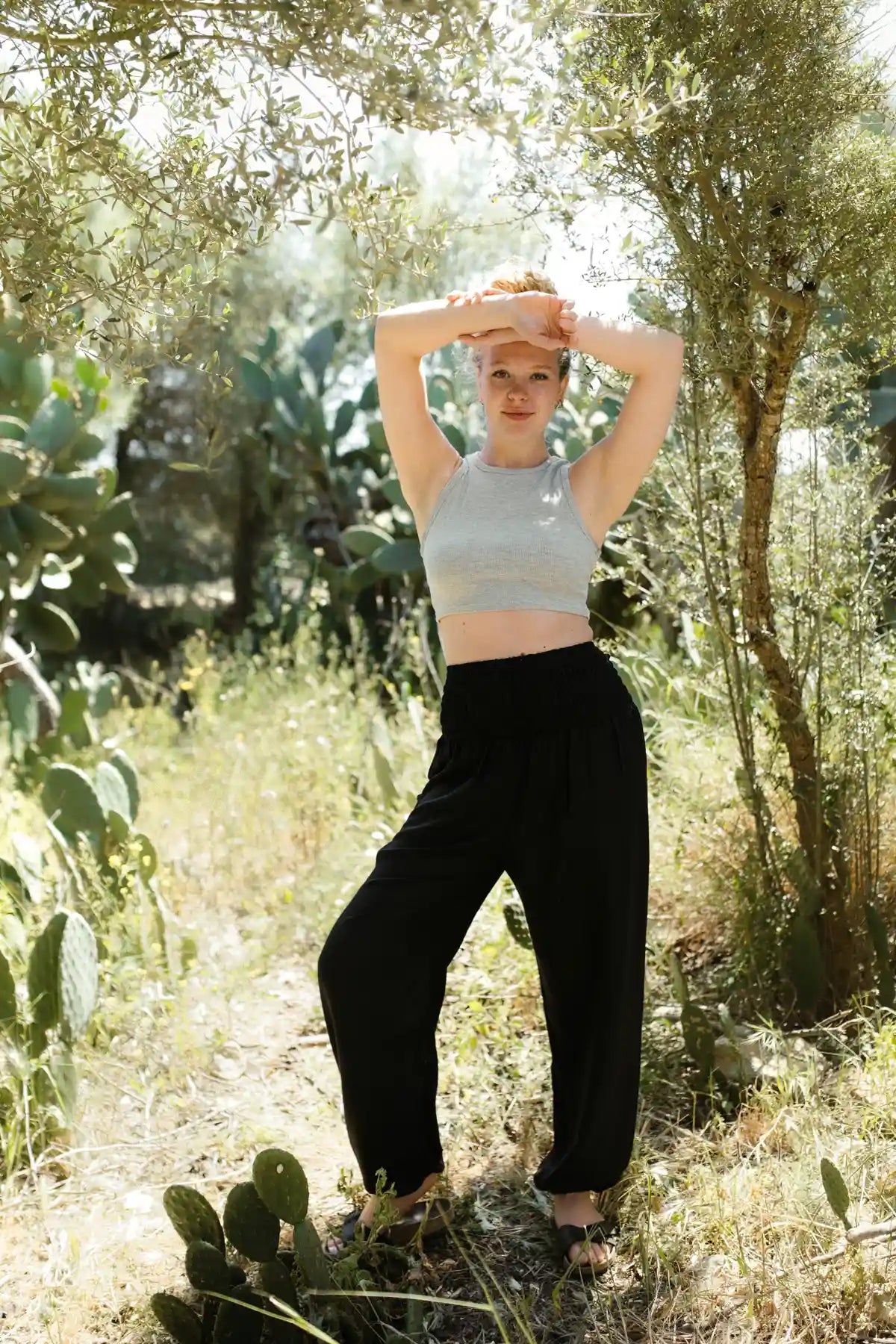

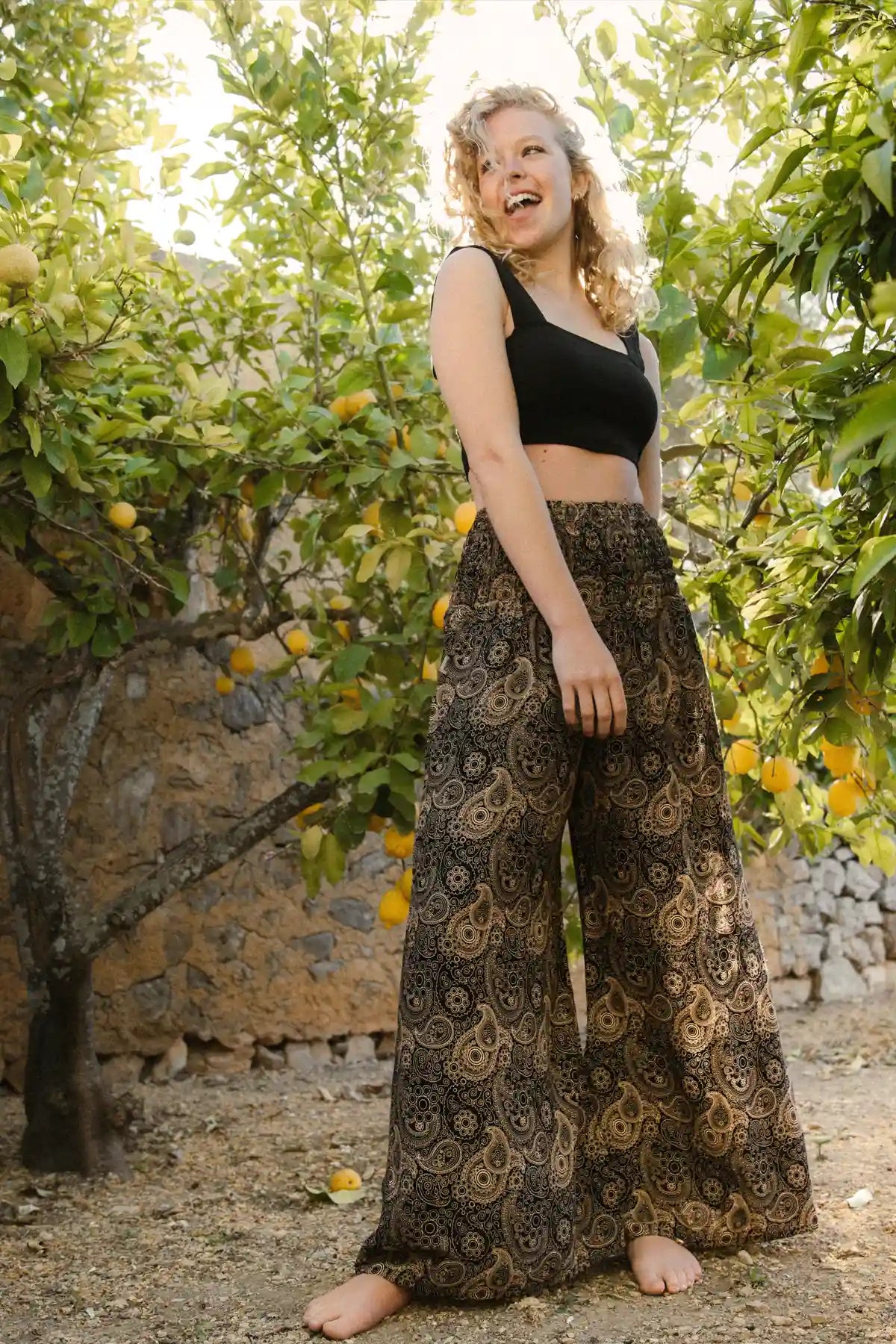


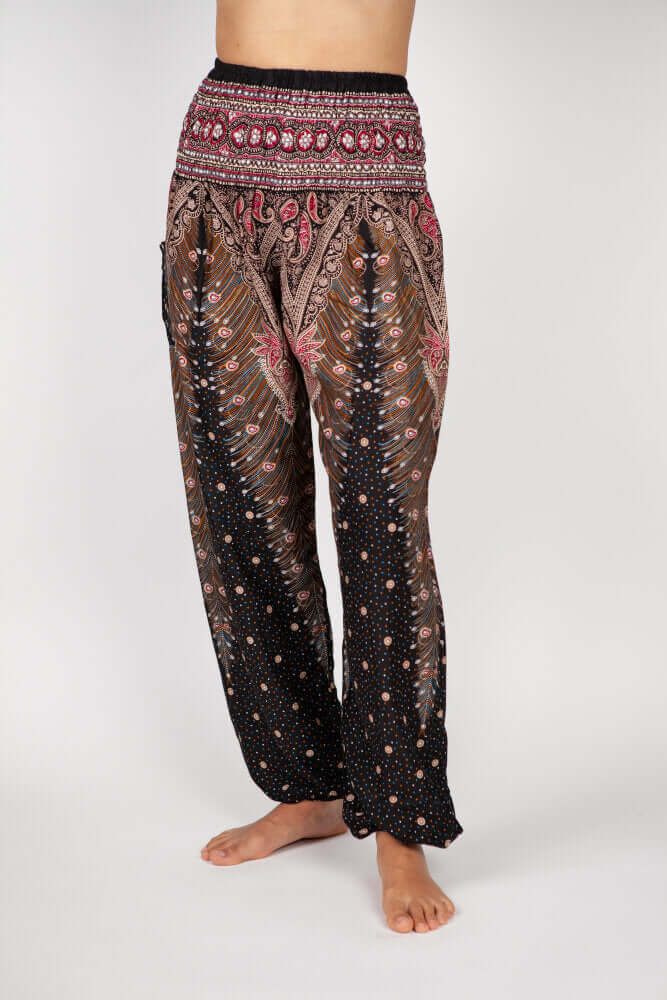

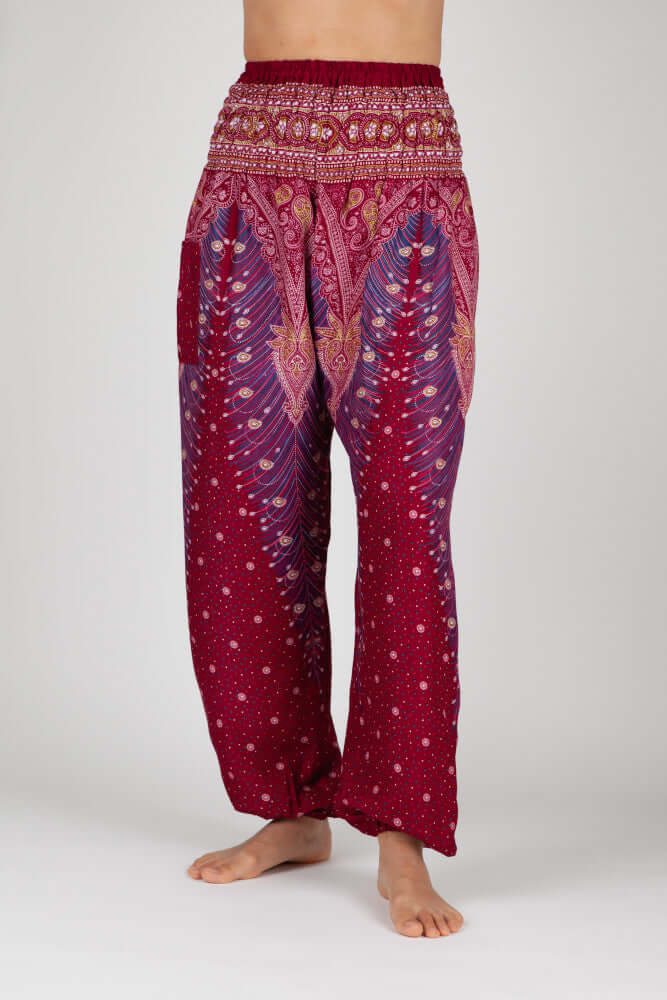



Leave a comment
This site is protected by hCaptcha and the hCaptcha Privacy Policy and Terms of Service apply.